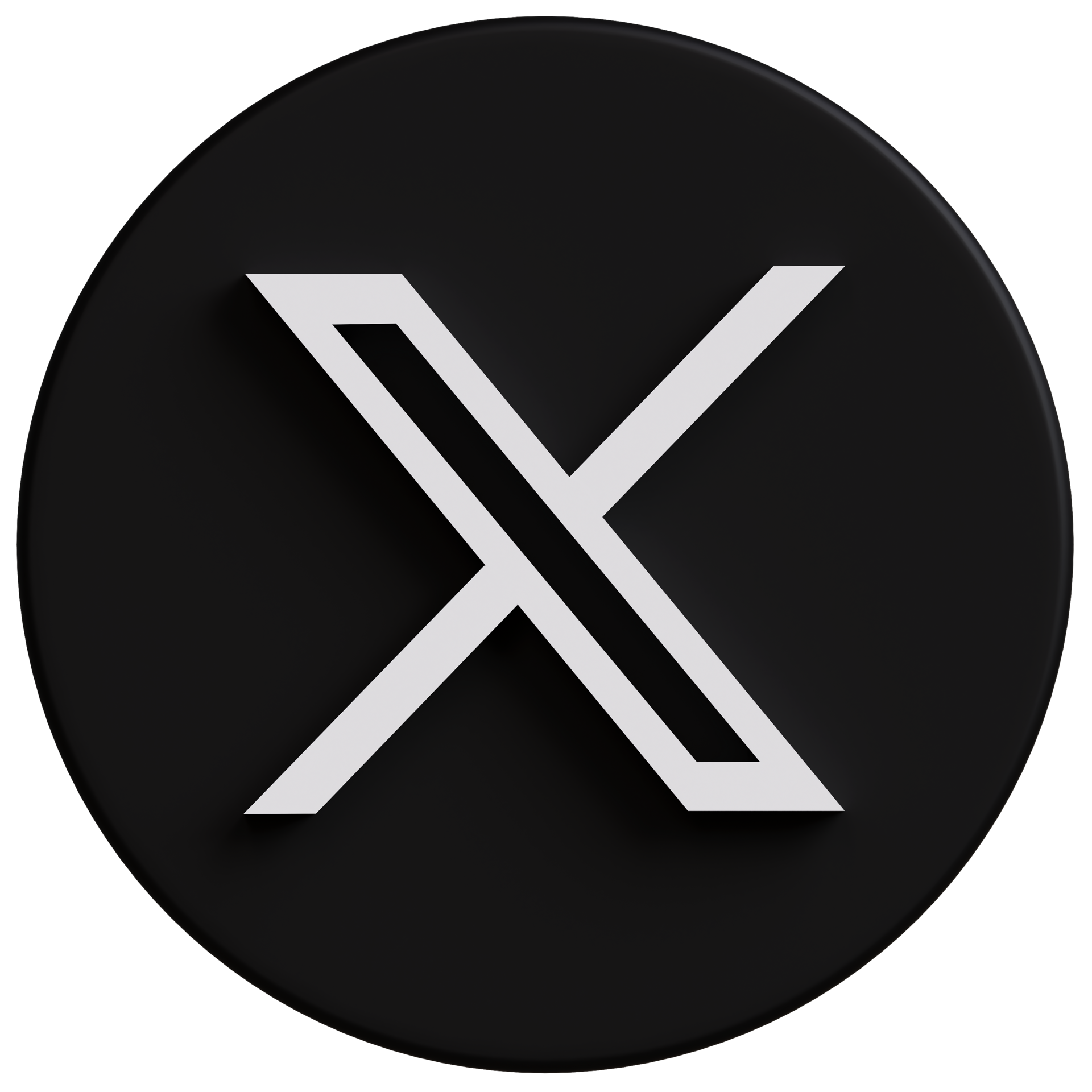Any technical development has proved itself to be a line drawn on a beach, a wave of new improvement comes any second and erases that line. A cell phone bought today becomes obsolete the moment you step out of the show room!
 Seeing the Computer market in the same prospective we see that CPUs and GPUs keep getting improvements and new additions being added to them every year and even sooner in many cases. Yet in
spite of the impact that system memory can have on a PC’s performance,
the industry has relied on the same basic memory architecture for what
seems like an eternity—in tech time, at least. The present day DDR3 SDRAM (the third generation of double data rate synchronous DRAM) was introduced way back in 2007.
Seeing the Computer market in the same prospective we see that CPUs and GPUs keep getting improvements and new additions being added to them every year and even sooner in many cases. Yet in
spite of the impact that system memory can have on a PC’s performance,
the industry has relied on the same basic memory architecture for what
seems like an eternity—in tech time, at least. The present day DDR3 SDRAM (the third generation of double data rate synchronous DRAM) was introduced way back in 2007.
But the wait is finally about to come to an end thanks to the soon to be released DDR4 memory type.
JEDEC (Joint Electron Devices Engineering Council), which consists of every memory maker in the world, started work on the DDR4 spec in 2005—two years before DDR3 even hit the market—but the first test samples didn’t appear until 2011. DDR4 memory finally hit the market last year in very limited supply, but the industry finally shifted into high gear around Computex 2014.
What’s so great about DDR4? Read on and you'll find your answers.
Mid-range
and high-end laptops routinely ship with 8GB of memory, so the
20-percent reduction in power consumption is more important for
extending battery life than reducing utility bills. The LCD panel
remains the biggest power draw, and the CPU eats its share of juice, but
every little bit helps.
Smartphones and tablets will benefit from DDR4 memory, too. Because they typically come with only 1GB or 2GB of memory—and their displays consume much more power than their memory—they'll benefit much like laptops will, from extended battery life rather than lower power bills.
But that hasn’t stopped Qualcomm from getting into the game. Its Snapdragon 810 mobile processor uses low-power DDR4 memory, and devices using this chip are expected to ship in the first half of 2015.
An
investment in DDR4 will also entail a motherboard upgrade, because
you’ll need a new chipset. Intel’s upcoming X99 chipset will support
DDR4 memory, along with a new Extreme Edition of its Haswell CPU
(codenamed Haswell-E). And it’s precisely that power-user segment that
would consider paying $1000 for Intel’s best processor.
If that doesn’t describe you, you don’t need to worry about jumping into a major upgrade anytime soon, or even postponing your next PC purchase until models with DDR4 come out.
That’s not to say DDR4 will be a waste of money. It’s just that in its early days, it won’t deliver significant benefits to anyone beyond the earliest of adopters.
But the wait is finally about to come to an end thanks to the soon to be released DDR4 memory type.
JEDEC (Joint Electron Devices Engineering Council), which consists of every memory maker in the world, started work on the DDR4 spec in 2005—two years before DDR3 even hit the market—but the first test samples didn’t appear until 2011. DDR4 memory finally hit the market last year in very limited supply, but the industry finally shifted into high gear around Computex 2014.
What’s so great about DDR4? Read on and you'll find your answers.
What is DDR4 exactly??
Though there is a lot to say and tell about this new generation of memory but keeping it simple and to the point I'll discuss only two points. The two key improvements in DDR4 are power consumption and data transfer speed, thanks to the development of an all-new bus.
The Power Factor
The conventional and present DDR3 memory type consumes a power rating of 1.5V whereas the newer DDR4 works at a rating of 1.2V, which is a straight 20% slash in the power consumption.
DDR4 also supports a new, deep power-down mode that will allow the host device to go into standby without needing to refresh its memory. Deep power-down mode is expected to reduce standby power consumption by 40- to 50 percent.
DDR4 also supports a new, deep power-down mode that will allow the host device to go into standby without needing to refresh its memory. Deep power-down mode is expected to reduce standby power consumption by 40- to 50 percent.
In layman terms less power consumption leads to less heat generation which in terms means a cooler system and hence more efficiently working parts. Not only will this new technology save on your electricity bill and elongate your portable device, a laptop or a cell phone's, battery life but it will help you cut down on your cooling costs as well.
A high end desktop will not need a custom liquid or air cooling facility and powerful servers that tend to use enormous amounts of RAM memory consume money both through power bills and cooling costs courtesy to their 24/7 running cycles will fall a little lighter on pockets.
Smartphones and tablets will benefit from DDR4 memory, too. Because they typically come with only 1GB or 2GB of memory—and their displays consume much more power than their memory—they'll benefit much like laptops will, from extended battery life rather than lower power bills.
But that hasn’t stopped Qualcomm from getting into the game. Its Snapdragon 810 mobile processor uses low-power DDR4 memory, and devices using this chip are expected to ship in the first half of 2015.
The Data Transfer Rate
Power users especially those running servers and virtual machines along with the good old gaming fraternity will be jumping in their seats after hearing this, a new and improved memory type that will work faster will play a crucial role in their lives especially if not others. DDR4
memory kits shown off at Computex boasted speeds ranging from 2133MHz to
3200MHz, and DDR4 could eventually hit 4266 MHz. DDR3 memory topped out
at 2133 MHz, so there’s no question memory will be a lot faster.
Finally,
DDR4 uses much higher-density chips, so each memory stick (DIMM,
technically) will pack a lot more memory. Where you might buy DDR3
memory in 1- or 2GB kits for desktops and notebooks, expect to see 4-
and 8GB kits with DDR4. And for high-end servers, each DDR4 DIMM could
deliver 64- or even 128GB of memory.
This will not only help in saving real estate in side your computer case but also leave ample of free room for other components to fit in or even expand in sizes, bringing down over all priceses drastically.
Do I need a DDR4 RAM?
Before you get too excited about DDR4, note that it hasn’t even reached bleeding edge
status. You can’t buy DDR4 memory today, and your existing hardware
wouldn’t be able to use it if you could. But it’s a safe bet that it
will be expensive when it does come to market. So its highly suggested that you don't jump onto the horse right now instead wait for the storm to pass by.
The ridiculously fast data rates of DDR4 are and will be useless to most segment of users including many gamers as even games of today don't really need that fast clock speeds, 1866MHz is more than enough for even the top notch users. But yes power users like servers would be highly benefited from this launch making the over all experience and maintenance easy and cheap.
DDR4’s lower power requirements—and the corresponding reduction in waste heat—will be this technology's real draw.
If that doesn’t describe you, you don’t need to worry about jumping into a major upgrade anytime soon, or even postponing your next PC purchase until models with DDR4 come out.
That’s not to say DDR4 will be a waste of money. It’s just that in its early days, it won’t deliver significant benefits to anyone beyond the earliest of adopters.




















.JPG)
Hey Vishvesh can you please suggest me a good laptop with good battery under 30k?
ReplyDeleteYes sure you have two options in this range. The ones below 30k are not worth buying as you'll feel them to be obsolete soon.
DeleteIn the AMD variant you have the
HP 15-g009AX Notebook (APU Quad Core A8/ 4GB/ 1TB/ Free DOS/ 2GB Graph) (G8D85PA)
And for the Intel variant you have
HP Compaq 15-s006TU Notebook (4th Gen Ci5/ 4GB/ 500GB/ Free DOS)
Fell free to ask any further questions.